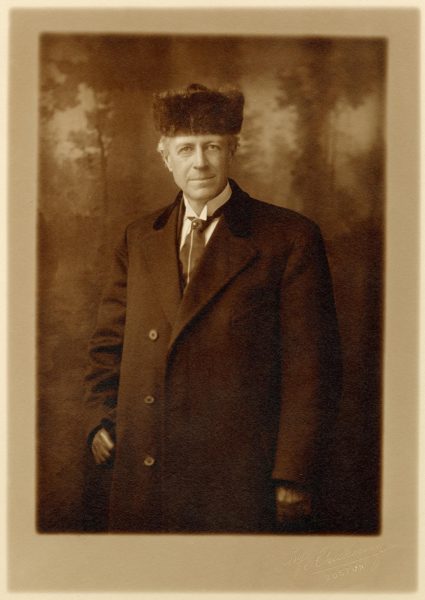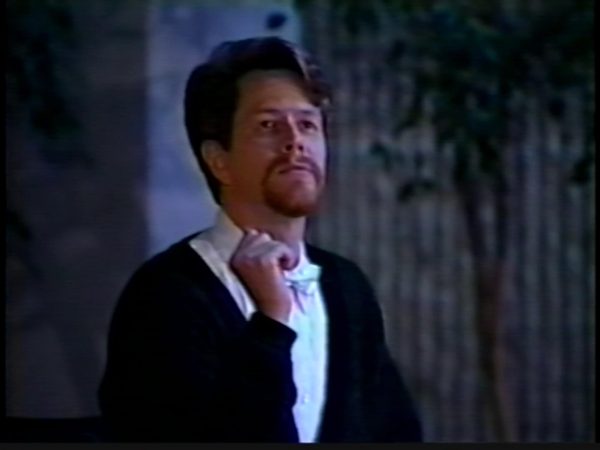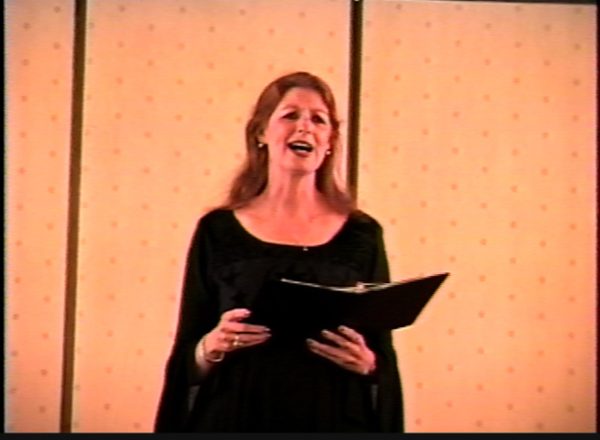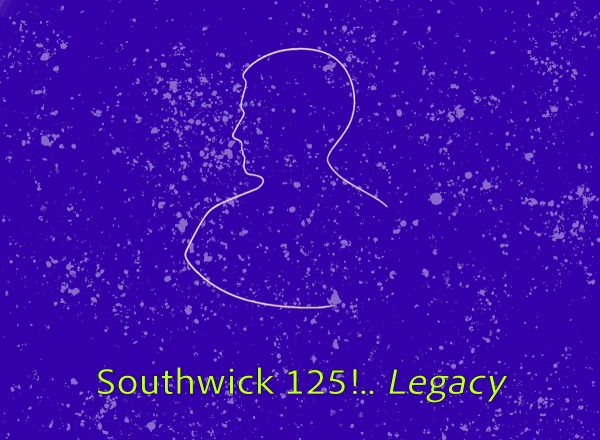Sports stadiums reverberating with cheering fans, all wearing the college colors, is what most may imagine when they think of college tradition. But at Emerson College, many of its most storied institutions are built from poetry, performance, and creative energy.
At least, that’s the case according to Kayla Ambruster, a recent ‘25 graduate and one of the performers at last Friday’s Southwick Recital, a long-running Emerson speech communications tradition, where she performed a monologue encapsulating these traits.
“We oftentimes complain, at least I did when I was a student, that there wasn’t enough tradition around campus and there weren’t enough things to rally behind,” said Armbruster. “We don’t have a football team, but we have the Southwick.”
This year marks the 125th anniversary of the oratory recital known as the Southwick, named after its founder Henry Lawrence Southwick, who was a student of Emerson College’s founder, Charles Wesley Emerson. This year’s show followed the theme of “legacy”. The two-hour presentation of monologues and literature by the eight performers took place in the Semel Theater with Emerson alumni and students gathered.

The recital paid tribute to generations of artists who have helped shape the college’s artistic identity. Each piece reflected on the stories, voices, and moments that have continued to shape the school’s history and continue to leave a lasting impact.
“The word ‘legacy’ is traditionally taken to mean what we leave behind, but we in the Southwick, especially this year, try to see legacy as more than just a depot,” said Ken Grout, a senior executive in residence in the communications department, six-time Southwick performer, and this year’s director.
Southwick is one of the oldest oratory recitals in the United States, following the tradition of Emerson, which was originally established as a school of oratory. Every year, the recital brings together Emerson alumni, students, and faculty to celebrate the art of oral interpretations and to honor the rich history of the institution.
“It’s the only thing that’s happening at Emerson College that was happening basically when the college was founded,” said Stella Del Tergo, a ‘25 Emerson graduate and this year’s co-host. “It is our best tie to what Charles Wesley Emerson’s version of the school was.”
Other performers included Suzie Sims-Fletcher ’93, former Emerson professor John Dennis Anderson, Emma Lavenson ’27, Emma Palzere-Rae ’84, faculty member in speech and communication studies Vic Silvestri, and Heidi Rose ’89.

Armbruster performed a monologue from Emerson alumna and Emmy award-winning actress Andrea Martin’s memoir “Lady Parts”. In the monologue, Ambruster, reading Martin, reflected on how legacy means different things to different people, and that in the end, Martin’s view on it changes throughout her career.
In the passage, Martin goes from thinking her legacy is what character she plays on television, or how successful she is, to realizing through the impact she has on others that her legacy is truly how she can change the lives of people. Armbruster viewed this in relation to Emerson College itself, and its evolution through the years.
“It’s kind of showing Emerson’s evolution throughout the years, the evolution of communicating throughout the years, and also how your legacy will go up, it will go down, it’ll change, and it’ll shift well beyond you sometimes,” Armbruster said of her performance.

Grout finished off the recital by performing his original monologue, “A Wilde Year”, in character as Oscar Wilde, recounting the playwright’s life and impact. Although Wilde didn’t get to define his legacy during his lifetime, he left behind a distinct voice—one that Grout used to portray the complexity of human nature, the moral ambiguity of what we leave behind, and the importance of telling the stories that are formed from this.
“Everybody wants to do good work and to honor the oral tradition of telling stories, continuing telling stories, whether it’s stories we’ve created or stories that already exist,” he said.
For many of the participants in this year’s Southwick, the event allows for connection to the essence of what the college stands for: storytelling, communication, and creative expression.
“I truly believe that good communication is an art, and good art communicates,” Grout said. “And that’s what this college is here for. That’s what we do.”
